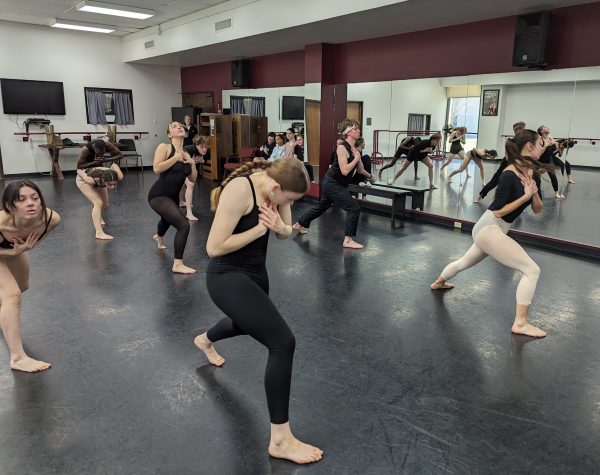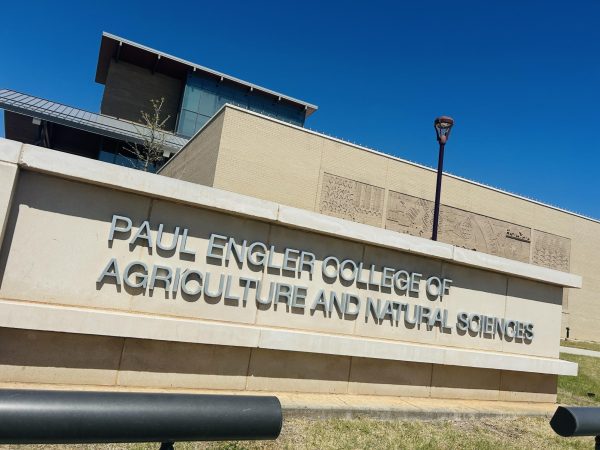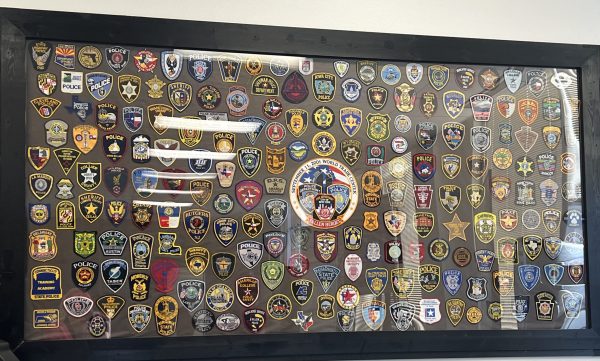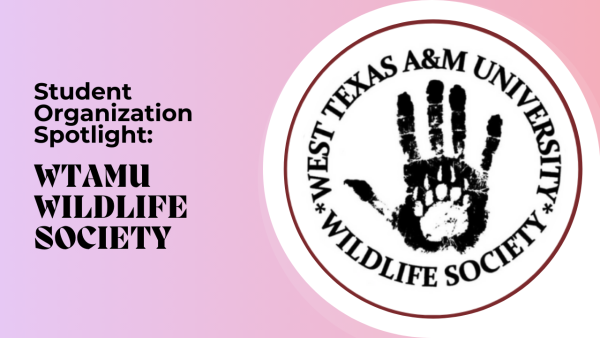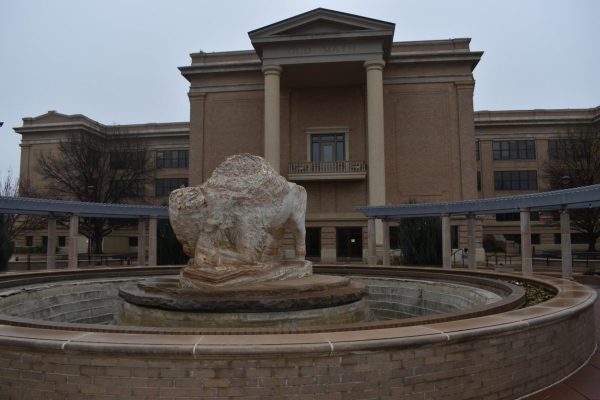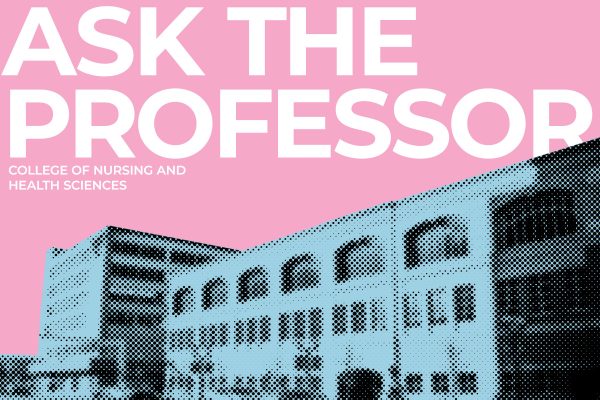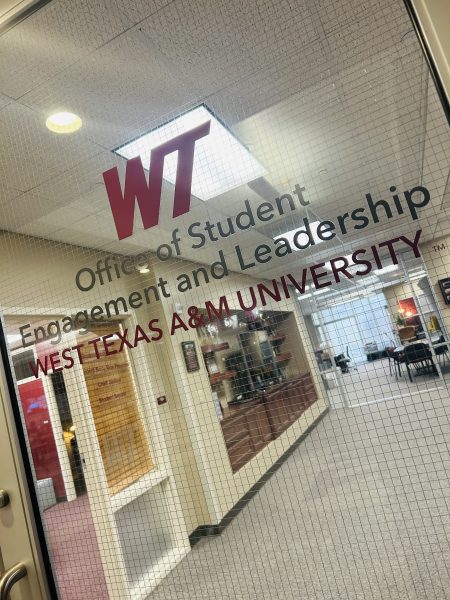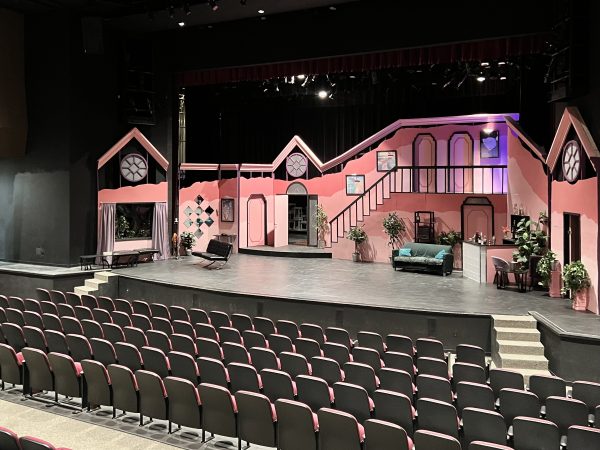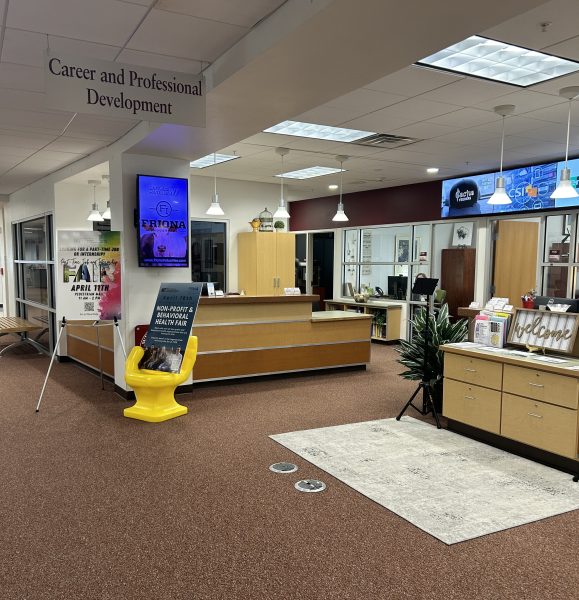Wi-Fi on campus, is it slow or just technology
Technology has come leaps and bounds since inception in the 1980’s with advancements coming everyday for the newest and best pieces of technology, Wi-Fi on campus has followed the path of the technology sector.
Students on campus use broadband that comes from a controller in the Computer Center. This communicates with the wireless access points that are interconnected with a central server to the large scale routers all around the West Texas A&M University campus.
“When I got here in [2004], I was the network engineer and we had 6 megabit to the internet, there was what’s called an ATM (asynchronous transfer mode) connection. So 6 [megabit] for the end, that was all residence halls and university as a whole,” said James Webb, vice president for information technology and chief information officer.
When campus first got broadband internet, it was located on the edge of the university and could be accessed by anyone in the community. Wi-Fi has exploded from a 6 megabit capacity to a gigabit in speed, which is a thousand megabit.
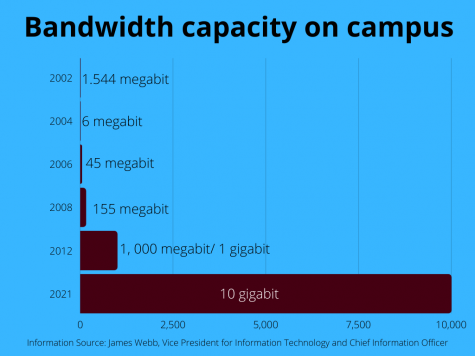
“We have plenty of headroom for the foreseeable future. We have over 1000 access points on the campus and that’s a lot of capital equipment to replace,” Webb said. “So it’s just gonna take some time and funding to go back and replace the oldest wireless access points in our inventory first and that’s what we’re doing today.”
Currently, we have more than enough broadband to serve the student body, faculty and visitors to the campus. The problem with the internet around campus is that our system isn’t all the same age. Some problems that are felt take place in congested areas that have more than the access points can handle due to older equipment that is currently being replaced around campus.
“If I am on campus, even sometimes I’m not even on campus, but Friday, it’s fairly decent,” said Rachael Witter, digital communications and media major.
“Sometimes it takes like, a minute to connect and that’s just that’s about it, ” said David Houseal, mechanical engineering major.
When speaking with students, they stated that the biggest problems with the Wi-Fi were lining up with the busiest times on campus. However, some students expressed they didn’t have any problems with the Wi-Fi on days that happened to be less busy or in less crowded areas.
“[Information Technology] knows that we provided such a great experience at Buffalo Stadium. That it really contrasts the WTAMU main campus that we had some work to do on our Wi-Fi network here. So that’s just going to take a little bit of time, capital and some project planning. We’ve already gotten started, [and ] we’re underway,” Webb said.
If you notice Wi-Fi spots that are not up to high speed quality in the dorms or a location on campus, you can submit a ticket to [email protected] for the IT department to take a look.

Hello, my name is Marcus Rogers. I am from Greenville, Texas and I'm studying agricultural media and communication with a minor in political science. I'm...




